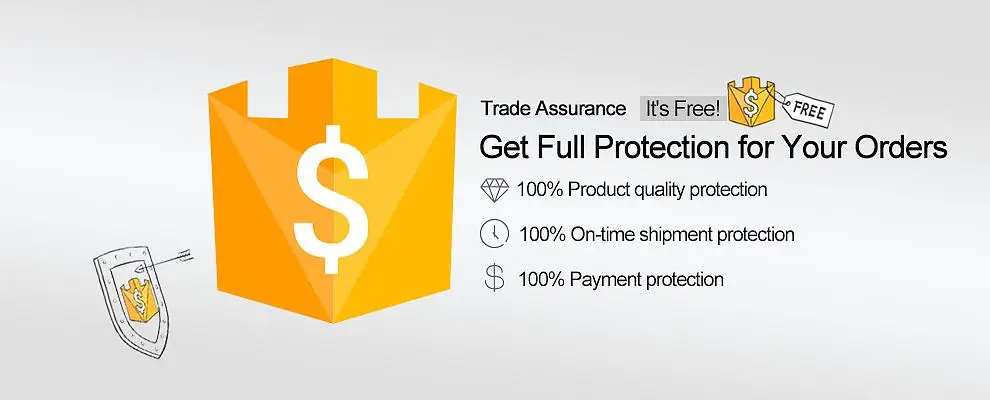Should You Pay Unsubsidized or Subsidized Loans First? A Comprehensive Guide to Managing Student Debt
#### Should You Pay Unsubsidized or Subsidized Loans First?When it comes to managing student loans, one common dilemma that borrowers face is whether to pri……
#### Should You Pay Unsubsidized or Subsidized Loans First?
When it comes to managing student loans, one common dilemma that borrowers face is whether to prioritize payment on unsubsidized or subsidized loans. Understanding the differences between these two types of loans can significantly impact your financial strategy and overall debt repayment journey.
**Subsidized Loans**: These loans are typically offered to students who demonstrate financial need. The key benefit of subsidized loans is that the government pays the interest on the loan while the student is enrolled in school at least half-time, during the grace period, and during deferment periods. This means that the total amount you owe when you start repayment is less compared to unsubsidized loans.
**Unsubsidized Loans**: Unlike subsidized loans, unsubsidized loans do not consider financial need, and interest begins to accrue as soon as the loan is disbursed. Borrowers are responsible for paying the interest, even while they are still in school. If the interest is not paid while in school, it will be capitalized (added to the principal balance) when the borrower enters repayment, leading to a larger total debt over time.

### Factors to Consider When Deciding Which Loans to Pay First
1. **Interest Rates**: Review the interest rates of both types of loans. If your unsubsidized loans have a significantly higher interest rate, it may make sense to prioritize paying them off first to reduce the overall interest you will pay over the life of the loan.
2. **Loan Amounts**: Consider the total amounts owed on each type of loan. If you have a large balance on your unsubsidized loans, it might be beneficial to focus on those to reduce your financial burden more quickly.

3. **Repayment Plans**: Evaluate your repayment options. Some borrowers may qualify for income-driven repayment plans that can lower monthly payments based on income. Understanding how these plans work can help you make an informed decision.
4. **Financial Goals**: Reflect on your personal financial goals. If you aim to be debt-free quickly, you may want to focus on the loans with the highest interest rates first, regardless of whether they are subsidized or unsubsidized.
5. **Tax Implications**: Interest on student loans may be tax-deductible, depending on your income level. Understanding the tax implications of your payments can also influence your decision on which loans to prioritize.

### Conclusion
Ultimately, the decision of whether to pay unsubsidized or subsidized loans first depends on your financial situation, interest rates, and personal goals. By carefully assessing your loans and creating a strategic repayment plan, you can reduce your debt more effectively and achieve financial stability. Always consider consulting with a financial advisor for personalized advice tailored to your unique circumstances.